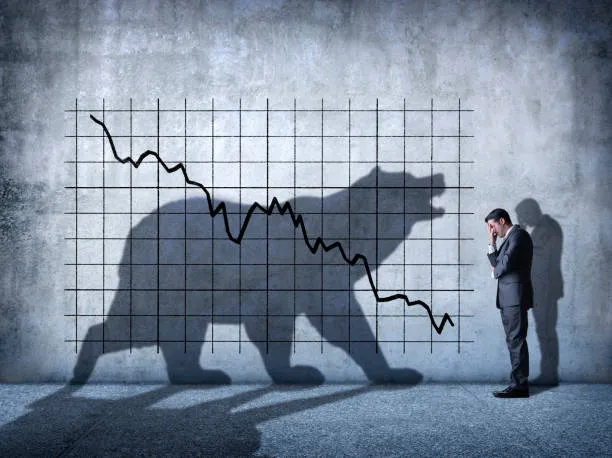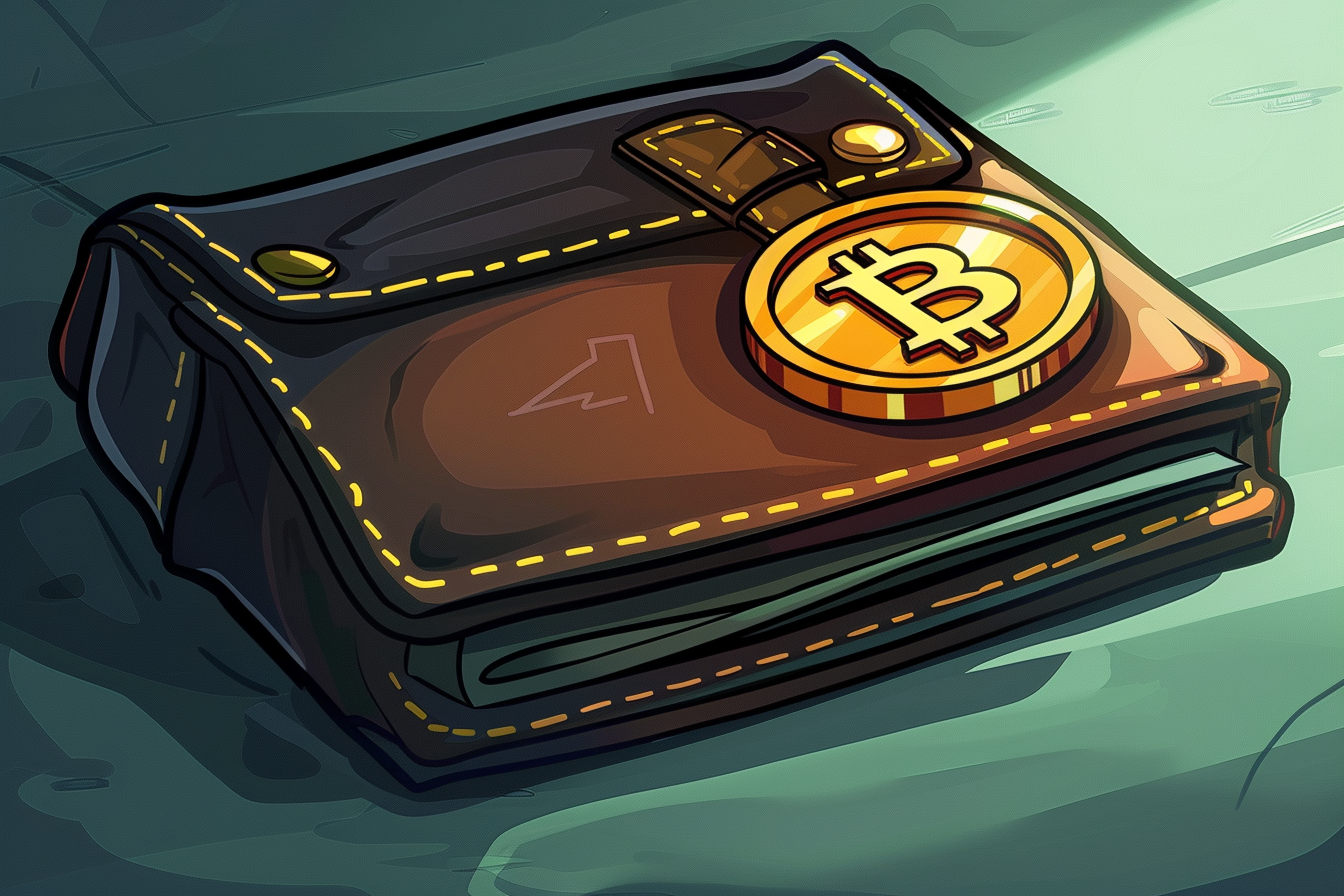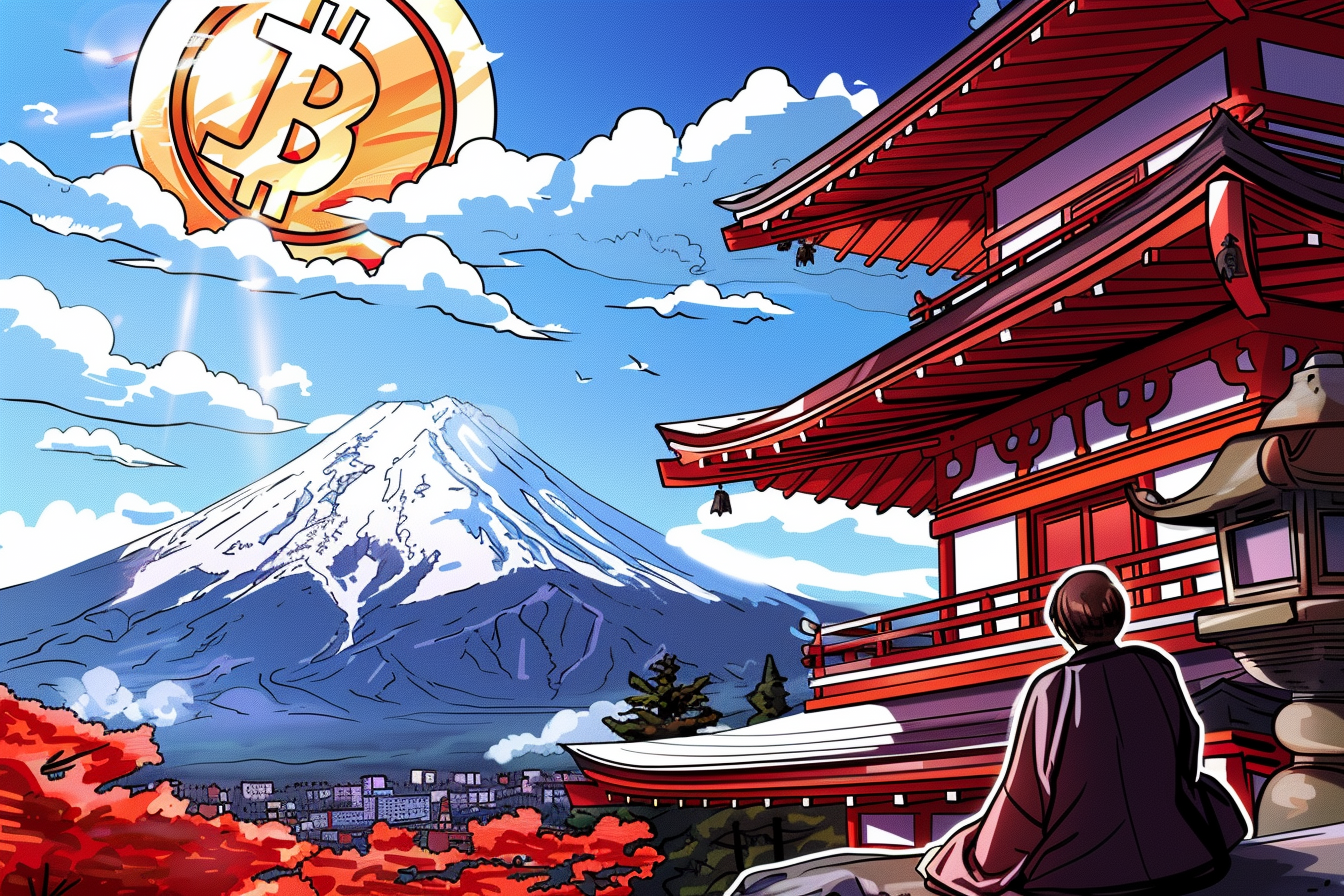Table of Contents
The collapse of Silicon Valley Bank has sent shockwaves through global markets and left billions of assets of businesses and investors stranded.
What is even more worrying is that comes on the heels of the crypto-focused Slivergate bank shutdown, which marked the first US bank casualty of FTX's collapse and the market rout following that news.
Silvergate's woes were already reverberating across the digital assets industry in addition to widespread worries about the Federal Reserve's (Fed's) plans for more and faster rate rises and plunging stock prices.
On Friday, Silicon Valley Bank (SVB) in California was shut down by the state's banking authorities, and the Federal Deposit Insurance Corporation (FDIC) was tasked with handling the sale of the bank's assets.
All insured depositors at Silicon Valley Bank will have full access to their protected savings as of Monday, March 11 at the latest, according to a statement from the FDIC.
The bank's main headquarters and all of its branches will reopen on Wednesday, March 13. But, the FDIC reports that as of the end of 2022, 89% of the bank's $175 billion in deposits were not insured.
Rising Cost of Money Weighs
The abrupt failure of SVB on Friday shocked the startup community, which had grown to rely on the lender as a stable source of funding, especially for the most ambitious projects in the tech industry.
The bigger worry is not just the risk of contagion globally from the bank's collapse but what the rising cost of money would do to other global banks.
The rapid escalation of SVB's issues after the bank announced on Wednesday that it would raise money underscores how the push by the US Federal Reserve and other central banks to battle inflation by ending the period of cheap money is revealing weaknesses in the market.
The financial banking industry took a severe hit from the fears of a faster and higher peak in global interest rates from stubbornly elevated inflation, especially in the US.
Ravi Menon, managing director of Monetary Authority of Singapore, at the IMAS-Bloomberg Investment Conference this week said, "In the short run, the key driver of risk and return is the trajectory of interest rates – which in turn depends on the inflation outlook and monetary policy response."
"The good news is that inflation seems to have peaked and come off a bit. The bad news is that it is still quite high," added Menon in a speech titled, "Three New Drivers of Asset Markets."
Alongside SVB's collapse, Reuters estimates that during the previous two days, US bank stocks have lost over $100 billion in market value, while European bank stocks have lost roughly $50 billion.
That ties back to the debate about whether the Fed is on course to push the world's largest economy into recession, with investors broadly predicting US rates to peak at or above 6%.
In an opinion piece in the Financial Times, Raghuram Rajan, former chief economist at IMF and a professor of finance at the University of Chicago’s Booth School of Business, said, "Hard landing or harder one? The Fed may need to choose."
"The Fed’s only realistic options may be a hard landing and a harder landing. It may be time for it to choose," said Rajan.
Like what you read? Our weekly Business Bulletin wraps up the most important business and economic developments in the industry, along with macroeconomic views and opinions. To avoid FOMO and access member-only features, click here to subscribe.







